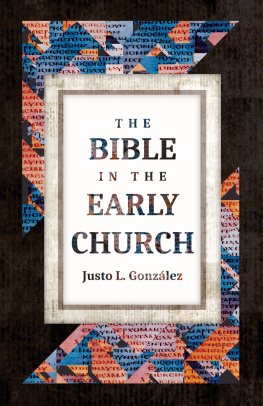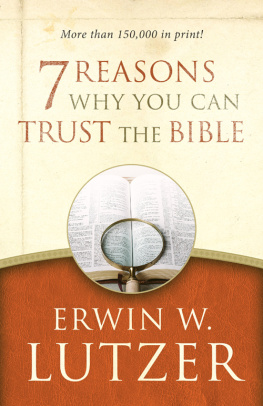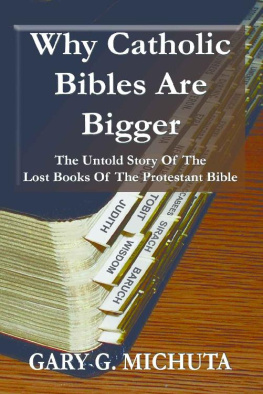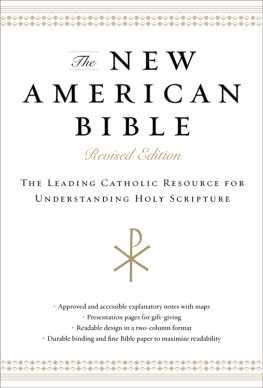Yes, it is a press, certainly, but a press from which shall flow in inexhaustible streams the most abundant and most marvelous liquor that has ever flowed to relieve the thirst of men! Through it, God will spread His Word.
Johannes Gutenberg
These words, attributed to Johannes Gutenberg in his reflection upon the invention of the printing press, ironically could just as easily be applied to the advent of digital media in its many permutations as it was to the printing press. From personal computers to the web to e-readers to email to messaging to Twitter and Facebook to smartphones and tablets of all kinds, the digital age in which we now live has witnessed no less than an inexhaustible torrent of 1s and 0s (that most marvelous liquor) that has ever flowed to relieve (and frustrate) the thirst of millions of people. This torrent shows no signs of abating. Indeed, it is now commonplace to talk about information overload in the extreme, due largely to the capacity of just about anyone to hurl just about anything in writing, image, and sound out into the digital world.
The goal of this book is to trace just one stream amidst the larger flood, the ongoing shift from print Bibles to digital Bibles. While a great deal of attention has been given to the general turn from printed page to pixelated screen, discussion of the digital turn in Bibles has been episodic at best. Though it is increasingly impossible to give a full account of digital Bibles with all of their promises and pitfalls, it is possible to address in a relatively comprehensive manner developments in the world of digital Bibles over the last 30 years or so (the last generation), especially since the rise of personal computers in the mid-1980s and their subsequent offspring (smartphones and tablets). As the Bible-app YouVersion loudly proclaims: The Bible is everywhere. Of course, by the time you read this, there will, no doubt, be something else on the YouVersion home page. By the time you read this, YouVersion may have completely morphed into something else. Digital media makes it so easy to morph.
And so, here is the first paradox. The Bible is supposedly the unchanging Word of God, and yet, all things digital are anything but unchanging. What does it mean to bring the relatively fixed Bible into a medium that is utterly transient? For some people, it makes no difference, since the Bible was originally communicated in oral snippets rather than bound together in its current form. For others, however, there is cause for concern since the increasingly digital form of the Bible opens it up to the kind of change that is rather unsettling for sacred scriptures that, somewhat like Jesus himself, are supposed to beas Hebrews puts itthe same yesterday, today, and forever (13:8).
A few years ago, several students in my undergraduate Intro New Testament class at Loyola Marymount University asked if they could use the Bibles they had downloaded on their smartphones, tablets, or laptop computers instead of lugging around the expensive and heavy traditional print study Bible I had asked students to purchase for the class. I thought about it for a moment, calling to mind that I had used various Bible programs on my iPhone, iPad, and MacBook, and so, without much deliberation, I told them they could. Around the same time, I began noticing that church members in different congregations where I teach Bible studies were also coming and pulling out their smartphones rather than opening a traditional print Bible. Hmmm, I thought, thats an interesting development. While my undergraduate students have varying understandings and mostly little knowledge of the Bible, especially from an academic perspective, the church members come to study the Bible because they view it as sacred scripture, a sacred text, in one regard or another. What did it mean for them that they could study their scripture in digital or print form? Or did this distinction mean anything in particular?








